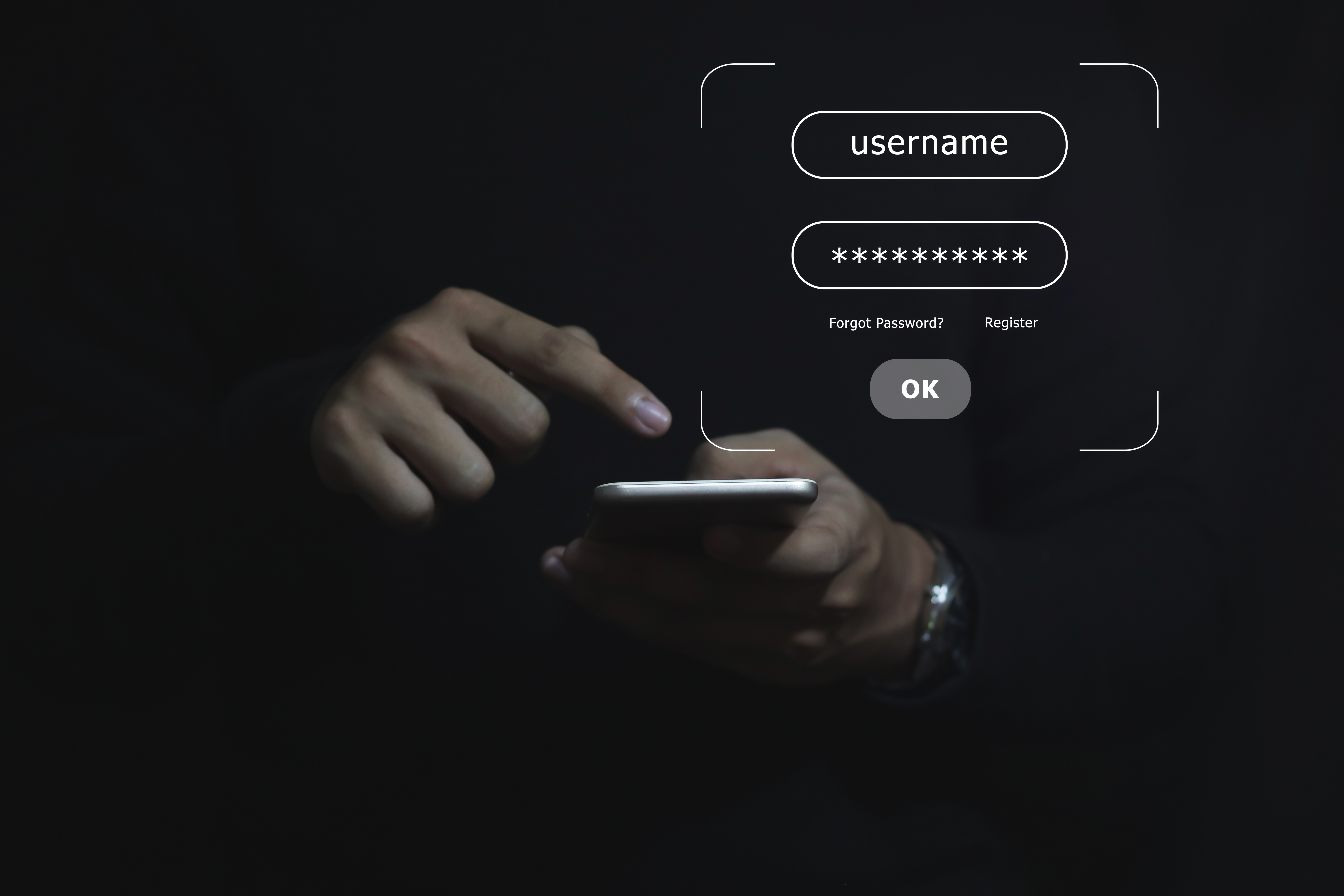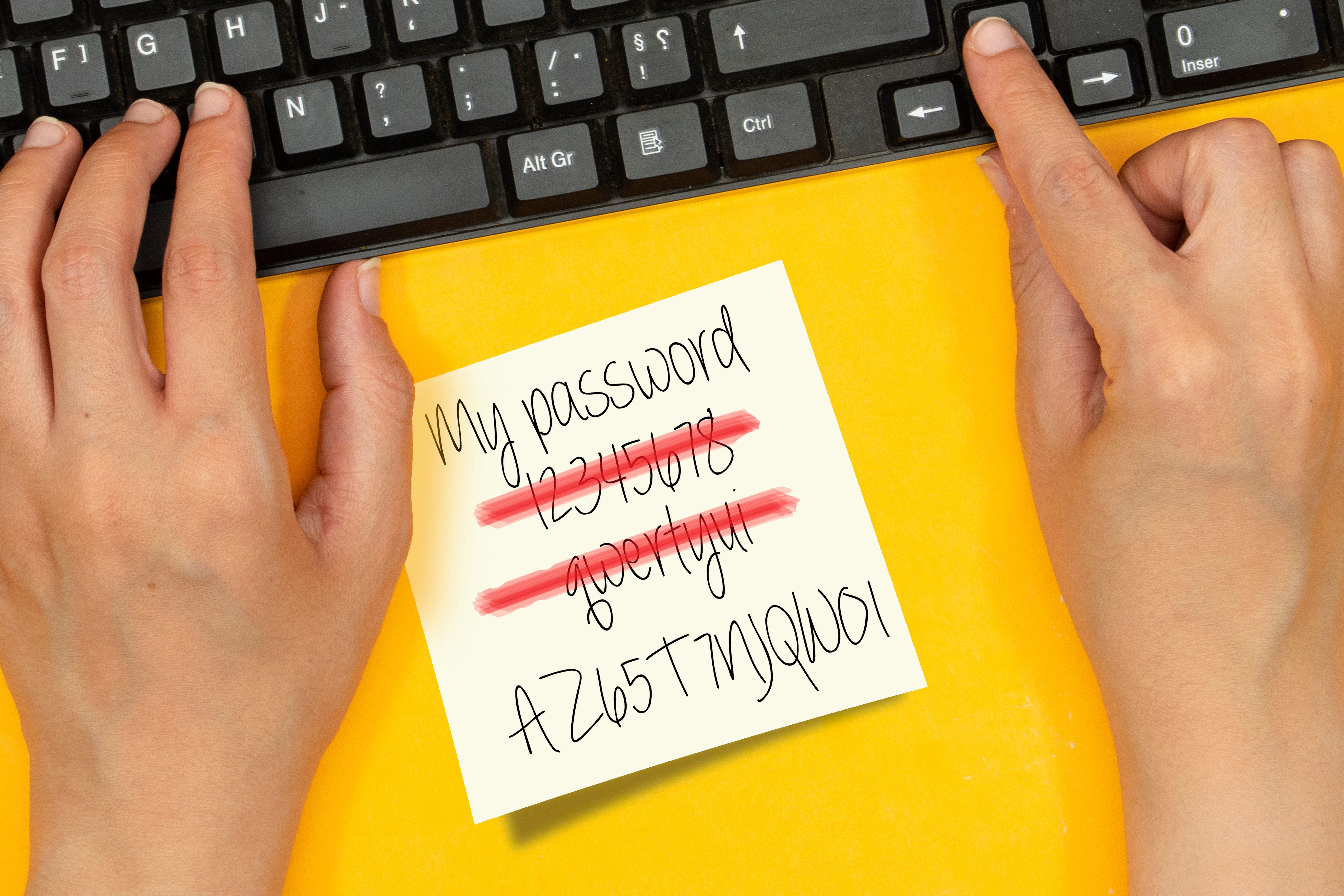Contact centers invest heavily in securing their infrastructure, preventing cyberattacks, and maintaining compliance. That includes enforcing strict access controls to both physical and digital assets. However, traditional security controls often introduce friction for frontline agents, hurting productivity and increasing risk.
One of the most common examples of this challenge is MFA fatigue.
What Is MFA Fatigue?
MFA fatigue occurs when multi-factor authentication interrupts users too frequently or requires too much effort. Over time, this leads to frustration, slower workflows, and, worse, users finding ways to circumvent security controls entirely.
For example, PCI 4 introduced stricter standards around idle times to align with NIST, so agents must reauthenticate after 15 minutes of inactivity. That could mean logging in five or six times per shift, often during peak call volume. It’s not just annoying, it’s a real drain on productivity.
Worse, it invites human error and workarounds, such as leaving sessions open or using scripts to avoid auto-locks. It’s a compliance risk waiting to happen.
When Security Gets in the Way, Users Work Around It
When authentication becomes a hassle, users get creative, not in a good way. We’ve seen everything from makeshift door blocks to keyboard weights and mouse jigglers. These short-term hacks create long-term vulnerabilities.
Then there’s prompt bombing: an attacker floods a user with repeated MFA prompts, hoping they’ll approve one out of frustration. And it works because traditional MFA relies on users to be the gatekeepers.
Continuous Access Evaluation: A Smarter Approach
Instead of authenticating users once and assuming nothing changes, Continuous Access Evaluation (CAE) verifies identity in real time, throughout the session. This model adapts to user biometric signals from Continuous Authentication and additional session context, not just static credentials.
How Continuous Authentication Solves MFA Fatigue
With Continuous Authentication, identity checks happen automatically in the background. There are no passwords, 2FA prompts, tokens, or distractions.
By removing authentication from the user experience altogether, Continuous Authentication ensures that security isn’t just stronger; it’s invisible, automatic, and always on. Agents stay focused on their tasks, security teams get peace of mind, and compliance becomes much easier to enforce.
The key difference is automation. Continuous Authentication eliminates fatigue, workarounds, and risk by eliminating the need for user input.
Stronger Security, Less Friction
Most cyberattacks involve human error—a phished credential, a shared password, or an approved MFA prompt. But when you take humans out of the authentication equation, you take those risks with them. Continuous Authentication and CAE don’t just protect the login—they protect the entire session. That’s what makes them the modern standard for identity security in high-risk environments like contact centers.



